A Piano Bar represents a unique blend of music and socializing, where patrons can enjoy an evening filled with enchanting piano tunes. These establishments often feature a grand or upright piano as the centerpiece, around which customers gather, drink in hand, soaking up the atmosphere. Piano bars can vary from cozy, low-lit venues playing soulful jazz, to lively, brightly-lit spaces where the pianist leads a sing-along. In essence, a piano bar offers a communal music experience, drawing in music lovers with the promise of live, spontaneous performances that breathe life into any evening.
What Is The Difference Between A Traditional Restaurant And A Piano Bar?
A traditional restaurant and a piano bar differ primarily in their focus and atmosphere. Restaurants prioritize the culinary experience, with food quality, presentation and service being paramount. While they may sometimes provide background music, it is not the main attraction. On the other hand, a piano bar provides a musical experience at the forefront. The availability and quality of food and beverages are important, but the primary draw is the live piano performances and the communal, interactive ambiance they create. In addition, piano bars often have a more relaxed, informal seating arrangement compared to the often more structured layout of traditional restaurants. This allows patrons to mingle freely, enhancing the sociable atmosphere that is distinctive of a piano bar.
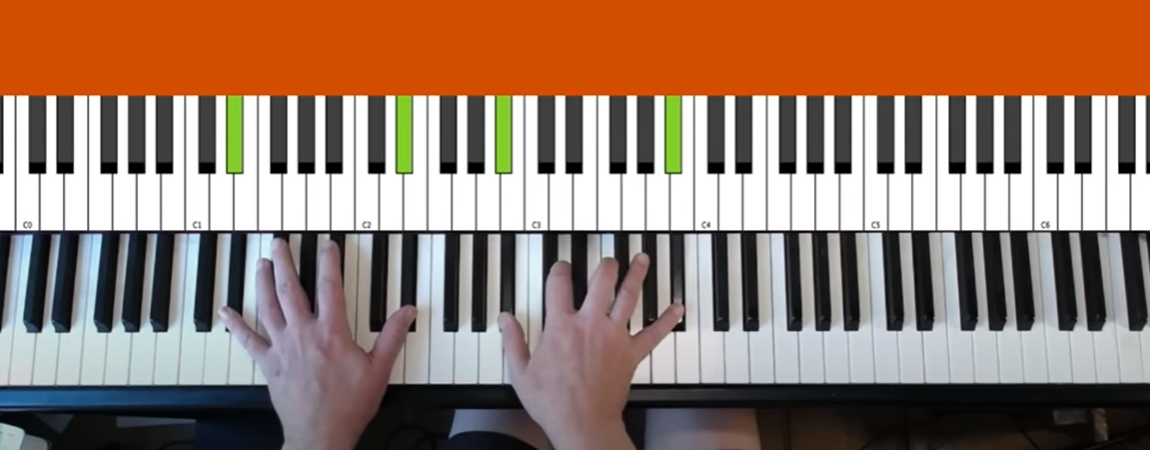
Where Can I Usually Find Piano Bars?
Piano bars are a common sight in cities around the globe, often nestled in the vibrant heart of downtown areas, cultural districts, or upscale neighborhoods. They are also common in luxury hotels, resorts, and on cruise ships, providing an elegant form of entertainment for guests. Some renowned cities for piano bars include New York, London, and Paris, each boasting venues with their unique charm, from chic modern establishments to historic venues filled with nostalgia. Many piano bars provide online directories or event schedules on their websites, facilitating visitors in finding and planning their visit. [1]
Are There Different Types Of Piano Bars?
Yes, there are various piano bars, each with a distinct atmosphere and experience. In a classic piano bar, a solo pianist plays popular tunes and takes audience requests. Dueling piano bars are another popular type, where two pianists compete in a friendly rivalry, each trying to outdo the other with their musical prowess. Sing-along piano bars inspire a more communal atmosphere, with the pianist leading the crowd in belting out popular songs. Lastly, there are concert piano bars that feature scheduled performances by seasoned pianists, offering a more formal and structured musical experience. All piano bars, regardless of type, foster social interaction through the universal language of music.
Why Are Piano Bars Becoming More And More Popular?
Piano bars are gaining popularity for several reasons. Primarily, they offer a unique blend of live entertainment and social interaction that is hard to find elsewhere. In an age where digital technology often dominates our leisure time, many people crave the intimacy and authenticity of live performances. Furthermore, piano bars provide a welcoming, inclusive environment where patrons can come together and share a love for music, whether that’s by listening, singing along, or even stepping up to the piano themselves. The engaging ambiance of a piano bar, coupled with the nostalgic melodies and the chance to forge genuine connections, all contribute to the surging appeal of this unique experience.
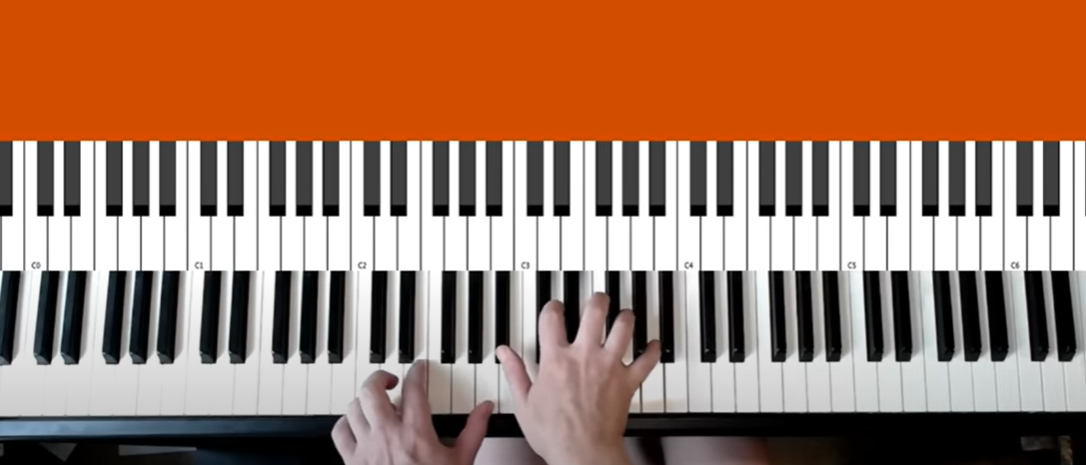
Can You Usually Request Songs At A Piano Bar?
Certainly! Song requests play a vital role in enhancing the piano bar experience. Guests are warmly invited to share their preferred tunes, fostering an interactive and communal atmosphere that distinguishes these establishments. Depending on the bar, there may be a system in place for requests — some establishments have a request jar or bucket for tips where patrons can drop a note with their song choice, while others may simply allow verbal requests. Pianists possess a profound knowledge of various musical genres, adeptly breathing life into an eclectic repertoire to captivate and delight the audience. Do note that although pianists try their best to accommodate all requests, specific songs aren’t guaranteed, especially on busy nights. [2]
What Is A Duelling Piano Bar?
A Duelling Piano Bar is a distinctive establishment that showcases two pianists, or sometimes groups of pianists, engaging in a friendly “duel” by performing an array of songs on two grand pianos positioned face-to-face. This lively event is characterized by high-energy performances, audience participation, and a wide-ranging repertoire. The pianists alternate in performing songs, frequently based on audience requests, while participating in a spirited competition, each aiming to surpass the other and captivate the crowd. The back-and-forth musical battle, combined with comedic banter and audience sing-alongs, creates an atmosphere that is both entertaining and interactive. Duelling Piano Bars are a popular choice for a night out, offering a unique blend of live music, comedy, and crowd participation that make for a memorable experience.
How Long Are The Performances Usually?
The length of performances at piano bars can vary significantly depending on the specific venue and type of piano bar. However, as a general rule, performances typically last between 2-4 hours. In a dueling piano bar, this time might be divided into several rounds of competition with brief intermissions for the pianists. Certain piano bars showcase non-stop music, where multiple pianists take turns throughout the evening to ensure an uninterrupted melody. It’s important to check the specific schedule for the piano bar you plan to visit, as starting and ending times can vary. Some piano bars even offer late-night performances, perfect for those looking for entertainment into the early hours. [3]

What Are Things I Should Never Do At A Piano Bar?
While piano bars are all about having fun and enjoying the music, there are a few etiquette guidelines to keep in mind to ensure a pleasant experience for everyone.
- Don’t Talk Loudly: While conversation is expected and encouraged, speaking too loudly, especially during a performance, can be disruptive and disrespectful to both the performers and other patrons.
- Don’t Hog the Piano: If the bar allows patrons to play the piano, remember to share the stage and limit your time so others also get a chance.
- Don’t Ignore the Tip Jar: If you’re enjoying the performance and have made a song request, it’s customary to show your appreciation by adding a tip.
- Don’t Be Rude or Disrespectful: Whether interacting with staff, performers, or other patrons, always maintain a level of respect and courtesy.
- Don’t Forget to Applaud: A simple clap can go a long way in showing your appreciation for the performers’ talents and effort.
Understanding and following these guidelines can help ensure an enjoyable and respectful atmosphere for everyone at the piano bar.
What Do You Need To Know About Playing At A Piano Bar?
Performing at a piano bar is an exhilarating experience, yet there are a few key considerations to bear in mind. Firstly, it’s important to know your audience. Piano bars generally have a diverse crowd, so a versatile repertoire that spans various genres and decades will serve you well. Secondly, you should be comfortable with improvisation. Audience requests can be unpredictable, and the ability to play a song even if it’s not in your regular setlist can be a huge asset. Thirdly, be prepared for interaction. Part of the appeal of piano bars is the intimate relationship between the performer and the audience. Talking to the crowd, accepting requests, and leading sing-alongs are all part of the job. Lastly, remember that piano bars are as much about entertainment as they are about music. A lively, engaging performance style can often be just as important as musical talent. Keep the energy high, engage with your audience, and above all, have fun! [4]
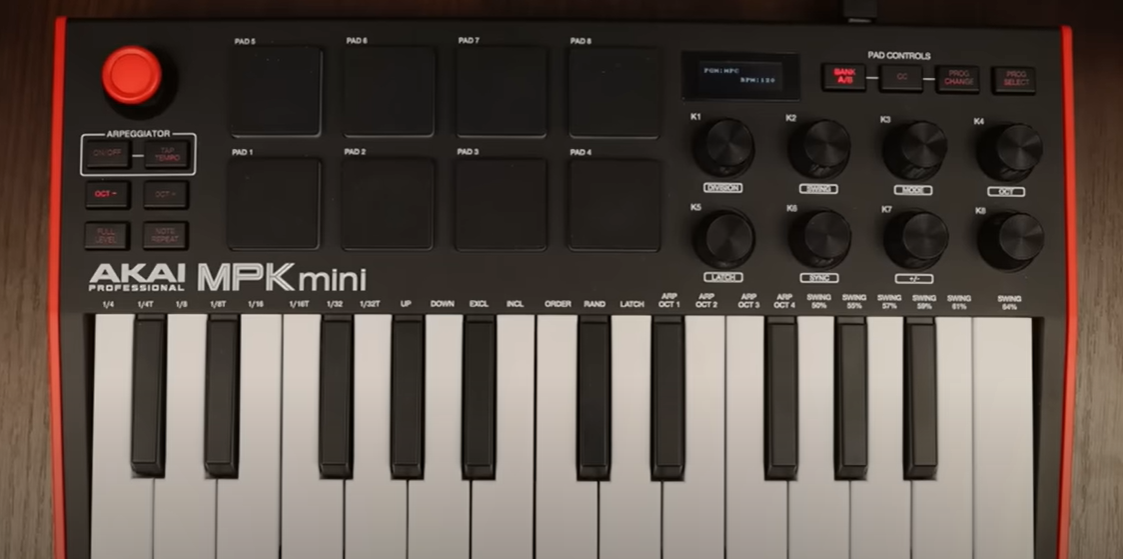
FAQ
What is the meaning of piano bar?
A piano bar refers to a venue, typically a bar or restaurant, where a pianist or a group of musicians play music for the patrons. The performances can range from background music to interactive sing-alongs, with the pianist often taking song requests from the audience. The key feature of a piano bar is the use of a piano as the main source of music, creating a unique and intimate atmosphere that sets these establishments apart from other types of entertainment venues. The live music typically covers a wide range of genres, appealing to a broad audience and offering an engaging, interactive musical experience.
Why is it called a piano bar?
The term “piano bar” hails from the prominence of the piano as the central musical instrument in these settings. The bar is not just a place to enjoy drinks and converse, but a stage where live music, predominantly played on a piano, enlivens the atmosphere. The ‘bar’ part of the name stems from the venue itself, which is equipped with a bar serving beverages to patrons. The term “piano bar” truly captures the spirit of these venues – a lively fusion of music, socializing, and libation, creating a vibrant atmosphere of entertainment and enjoyment.
What is another name for a piano bar?
Another term often used in place of “piano bar” is a “music lounge.” This term often encompasses a broader range of live music performances, not just limited to the piano. However, it carries the same connotation of a relaxed, intimate atmosphere where patrons can enjoy both beverages and live music. In the context of a “dueling piano bar,” it may also be referred to as a “dueling piano lounge” or “dueling piano club.” These alternate names help convey the interactive, high-energy nature of these establishments.
What should I request at a piano bar?
Song requests at a piano bar are often bound by the audience’s tastes, the atmosphere, and the pianist’s repertoire. However, popular choices typically include timeless classics and well-known hits that encourage crowd participation. Consider requesting songs like “Piano Man” by Billy Joel, “Bohemian Rhapsody” by Queen, or “Sweet Caroline” by Neil Diamond. These songs are well known, widely loved, and often result in a bar-wide sing-along. However, remember to be respectful of the performer and the other patrons. If you’re unsure, asking the pianist for their recommendations can be a great way to discover some new music.
Why is it called a bar in music?
In music, the term “bar” refers to a segment of time defined by a set number of beats, with each beat assigned a particular note value. This concept helps to structure and organize the music. The term “bar” originated from the vertical lines that are drawn through the staff to divide the music into these segments, visually isolating each chunk of notes. This makes it easier for musicians to read and perform the music. The term “bar” is used primarily in British English, while American English typically uses the term “measure” for the same concept.
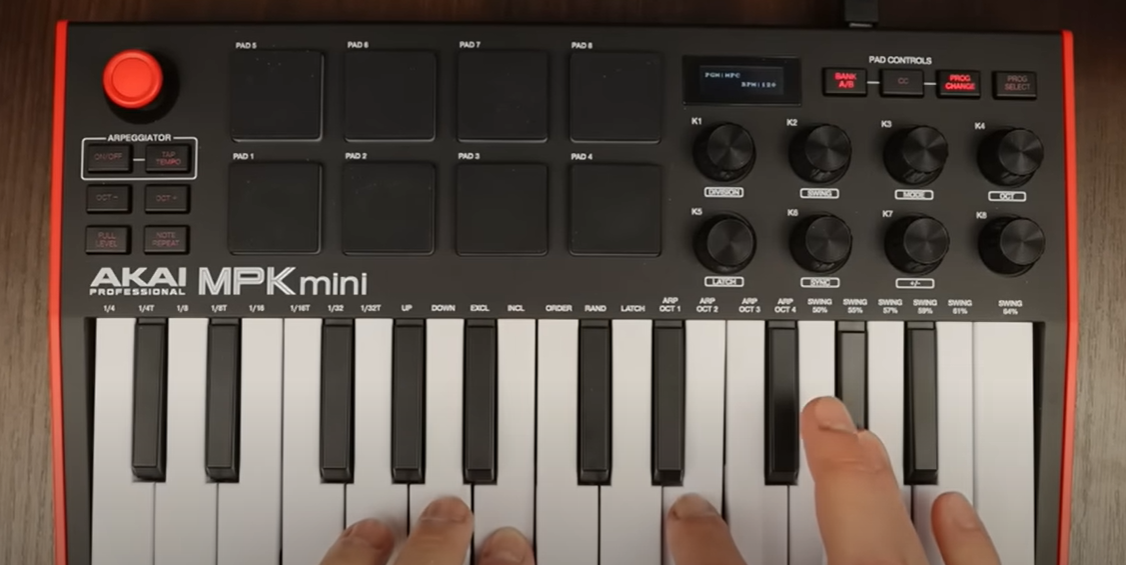
How do you read piano bars?
Reading music for piano involves understanding not just the notes, but also the bars or measures that structure these notes. Each bar is separated by bar lines and contains a certain number of beats as defined by the time signature at the beginning of the piece. The time signature consists of two numbers – the top number indicates how many beats are in each bar, while the bottom number represents the type of note that gets one beat. For example, a 4/4 time signature means that each bar contains four beats, and a quarter note receives one beat.
When reading music, start from the left and move to the right. The notes on the lines and spaces represent different pitches. The higher the note is on the staff, the higher its pitch. On the grand staff used for piano music, the top staff generally represents the notes that you play with your right hand, while the bottom staff represents the notes for the left hand.
Pay attention to the rhythm symbols, including the note values and rests, as they will dictate the length of each sound or silence. In addition to these, look for dynamic markings (which indicate how loud or soft the music should be), tempo markings (the speed of the music), and any other performance directions. With practice, you’ll become more proficient at reading piano bars and interpreting these musical symbols.
Why is it called a bar?
The term “bar” in the context of a drinking establishment traces its origins back to the late 16th century. The name was derived from the actual bar or counter where patrons were served drinks. This physical barrier between the customers and the servers also functioned as a means to separate those who had paid from those who hadn’t. Over time, the term evolved to refer to the entire establishment rather than just the counter. Today, the term “bar” universally signifies a place where alcoholic beverages are sold and consumed. So, this is the story of how a simple structure in a drinking establishment came to be synonymous with an entire industry and gave rise to other variations such as “piano bar.” And now, whenever you enter a piano bar, you’ll know that it’s not just about playing music or serving drinks; it’s a tradition that dates back to centuries.
What type of music is played at a piano bar?
The type of music played at a piano bar can cover a broad spectrum, depending on the specific venue and the performer’s repertoire. Traditionally, these venues are known for featuring genres like jazz, blues, and classic pop hits, owing to the rich, versatile sounds of the piano. However, the music can range from classical pieces and Broadway show tunes to rock and roll and contemporary pop songs. Essentially, piano bars offer a diverse musical experience, catering to a wide variety of tastes. A unique aspect of the piano bar experience is the interactive nature of the performances, where audience members can request their favorite songs, resulting in a dynamic, ever-changing musical ambiance. So, whether you prefer to sit back and enjoy the music or join in on the fun, a piano bar has something for everyone.
Why do they open pianos?
Pianos are often opened, particularly in live performance settings like piano bars, to manipulate the sound and volume of the instrument. When the lid of a grand piano is lifted, it allows the sound to project more directly into the room, creating a louder, richer, and more resonant tone. This is beneficial in a live music environment as it assists in filling the space with sound and reaching all corners of the room. Furthermore, the open lid also provides a visual spectacle, showcasing the intricate inner workings of the piano and adding to the overall performance aesthetic. Note, however, that the degree to which the lid is opened can be adjusted to subtly alter the volume and tonality of the piano, giving the performer additional control over their sound.
What is one bar of music called?
One bar of music is also commonly referred to as a “measure.” This term is primarily used in American English, while British English prefers the term “bar.” Both terms refer to the same concept: a segment of time in a piece of music defined by a given number of beats, each associated with a particular note value. This allows for the structuring and organization of music, making it easier for musicians to read and perform. Each bar or measure is separated by vertical lines on the staff, visually dividing the music into these segments. When played together in sequence, bars of music create a sense of rhythm and flow in a musical piece. So next time you’re enjoying some live music at a piano bar, take a moment to appreciate the structure and organization that goes into creating each bar of music.
Useful Video: Piano Bar & Piano Bar Music: Best of Piano Bar Smooth Jazz Club at Midnight Buddha Cafe Video
Conclusion
Piano bars provide a unique blend of live music, social interaction, and a warm, inviting ambiance. They offer an immersive experience that combines the joy of discovering new music with the thrill of hearing your favorite songs performed live. Whether you’re a die-hard music lover, an aspiring musician wanting to understand the intricacies of reading bars of music, or simply looking for an enjoyable night out, a trip to a piano bar is an experience not to be missed. Remember, the beauty of music lies not just in the notes themselves, but in the bars that structure them, creating a rhythm that can move audiences and fill a room with life. So the next time you find yourself at a piano bar, sit back, relax, and let the music take over.
References:
- https://www.collinsdictionary.com/dictionary/english/piano-bar
- https://www.pianobook.io/blog/what-is-a-piano-bar/
- https://www.2grandentertainment.com/blog/what-happens-at-a-dueling-piano-bar/
- https://www.britannica.com/dictionary/piano-bar


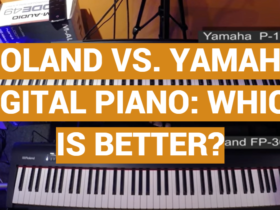

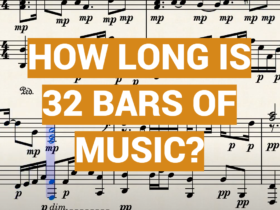
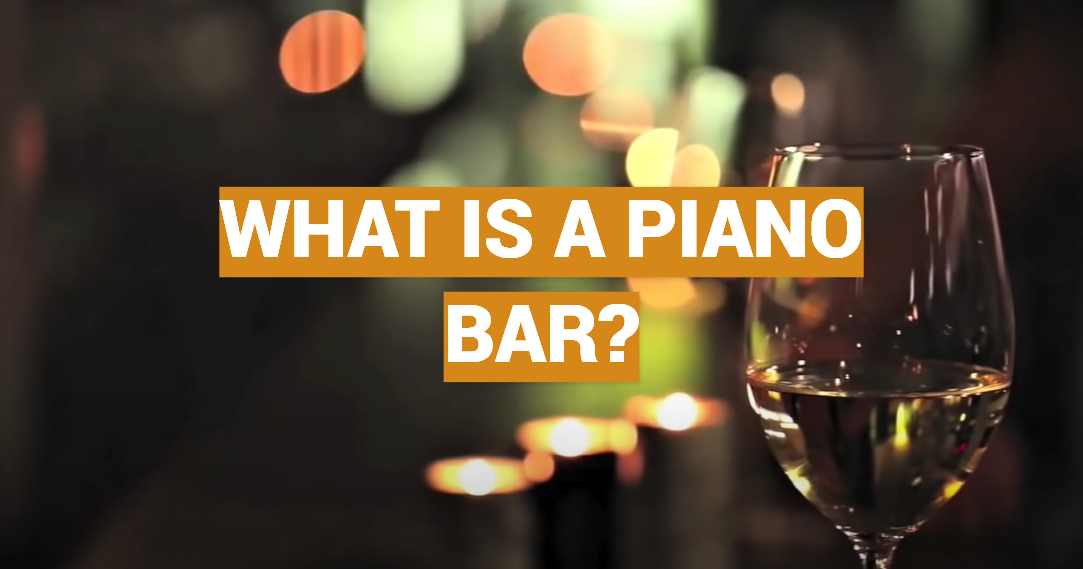
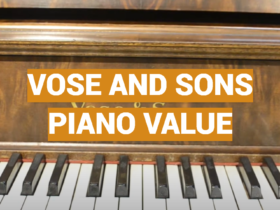
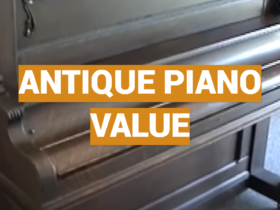

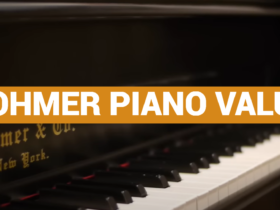
Leave a Reply